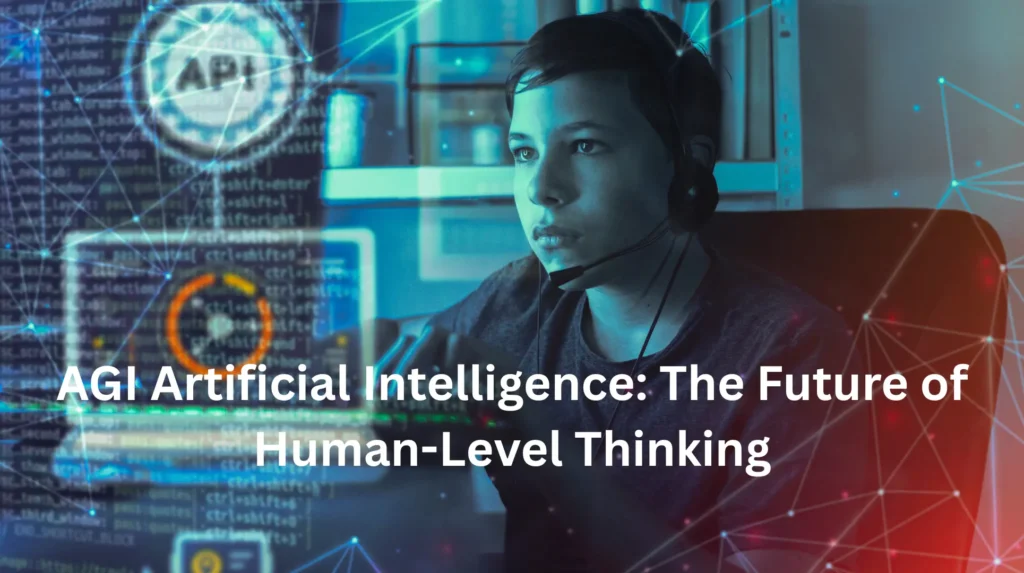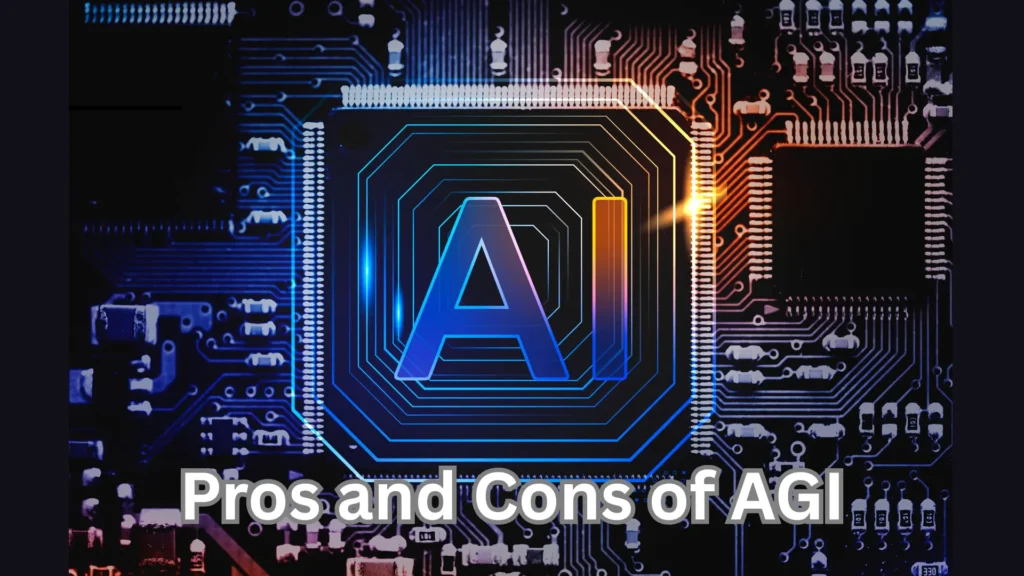AGI artificial intelligence has emerged as one of the most debated and anticipated concepts in the world of technology. Unlike narrow AI, which is designed to perform specific tasks, AGI refers to machines with the ability to think, learn, and reason across a wide range of domains, just like a human. Yet, for many people, the idea remains confusing, and its arrival uncertain.
While companies invest billions into AI systems, users still ask: What is AGI? How is it different from today’s AI? And most importantly, when will it arrive? This article explains everything you need to know—from definitions and use cases to pros, cons, and the latest updates.
What is AGI Artificial Intelligence?
AGI, or Artificial General Intelligence, refers to a theoretical form of AI that can perform any intellectual task a human can. It is capable of understanding, learning, and applying knowledge across a wide variety of problems and situations, without needing task-specific training.
This type of intelligence goes beyond narrow AI, which is limited to specific roles like image recognition, chatbots, or search engines. AGI would have the power to reason, solve unfamiliar problems, and make decisions with logic and creativity, much like human cognition.

Key Features of AGI
AGI artificial intelligence stands out from traditional AI systems due to its ability to perform a wide range of cognitive tasks with human-like adaptability and reasoning.
Generalization
AGI can transfer knowledge from one domain to another. Unlike narrow AI that struggles outside its training data, AGI can apply learned skills to new, unfamiliar tasks.
Self-Learning
AGI systems can learn and adapt without constant human input. They improve over time through experience and feedback.
Autonomous Reasoning
AGI artificial intelligence can make decisions based on logical thinking, even in situations it hasn’t encountered before.
Human-Like Creativity
AGI isn’t just about facts and data. It could be creative—writing music, generating ideas, designing systems—without being explicitly programmed for those tasks.
Conscious Adaptation
AGI artificial intelligence could adjust its behavior based on changing environments, goals, or ethical standards.
How to Use AGI Artificial Intelligence
Although AGI is still in development, the way users will interact with it is expected to be more intuitive and powerful than existing tools. Here’s how it might be used:
- Problem Solving: AGI will help solve multi-layered problems in science, medicine, and engineering.
- Creative Projects: From music to storytelling, AGI could generate high-quality creative content.
- Education: Personalized teaching based on student needs and behavior patterns.
- Healthcare: Diagnose complex illnesses, develop treatment plans, and support surgical operations.
- Business Strategy: Analyze vast data sets, predict trends, and optimize workflows in real time.
What’s New in AGI?
Recent advancements in AGI artificial intelligence have sparked discussions about whether true general intelligence is closer than expected. OpenAI’s GPT-4 and DeepMind’s Gato are examples of large models performing various tasks across domains, indicating the first “sparks” of general intelligence.
Major tech companies, including OpenAI, Anthropic, DeepMind, and IBM, are actively researching AGI artificial intelligence, building systems that blend vision, language, decision-making, and reasoning. These models are becoming increasingly multimodal, capable of interpreting not just text but also images, video, and voice.
Experts are divided on the timeline. Some believe AGI artificial intelligence could be achieved within the next 5–10 years, while others suggest it may take several decades—or might never fully arrive.
AGI vs Narrow AI
| Feature | Narrow AI | AGI |
| Task Type | Specific (e.g., voice assistant) | General-purpose |
| Learning | Requires retraining | Learns autonomously |
| Flexibility | Limited to training data | Adapts across tasks |
| Reasoning | Minimal | Logical and abstract reasoning |
| Creativity | Pattern-based | Human-like creative thinking |
| Development Stage | Widely used | Still theoretical/in development |
Pros and Cons of AGI
Pros
- True Automation: Handles any intellectual task.
- Innovation: Can revolutionize science, education, and business.
- Productivity: Reduces workload across industries.
- Personalization: Delivers hyper-personalized experiences and solutions.
Cons
- Existential Risks: A misaligned AGI could pose significant threats to humanity.
- Ethical Dilemmas: Questions around fairness, bias, and privacy.
- Economic Disruption: Potential job loss in many sectors.
- Complex Regulation: Requires new global policies and oversight.

FAQs
What is the difference between AI and AGI?
AI typically refers to narrow AI that can perform specific tasks. AGI, on the other hand, is capable of general human-level intelligence and reasoning across any task.
Has AGI been achieved?
No, AGI is still a theoretical goal. Some models show signs of generalization, but true AGI has not yet been realized.
Who is leading AGI development?
Companies like OpenAI, DeepMind, Anthropic, Meta, and IBM are at the forefront of AGI research.
When will AGI be available?
Predictions vary. Optimists believe it could happen within a decade, while others suggest it may take several decades or longer.
Is AGI dangerous?
Like any powerful technology, AGI carries risks. Experts stress the importance of alignment, control, and safety research to ensure it benefits humanity.
Conclusion
AGI artificial intelligence represents a future where machines can think, reason, and solve problems just like humans. While it promises innovation and productivity, it also brings challenges that demand careful planning and regulation. As research accelerates and companies race to achieve AGI, the next decade could redefine how AI and human capabilities interact, reshaping the way we live, work, and connect with technology.
